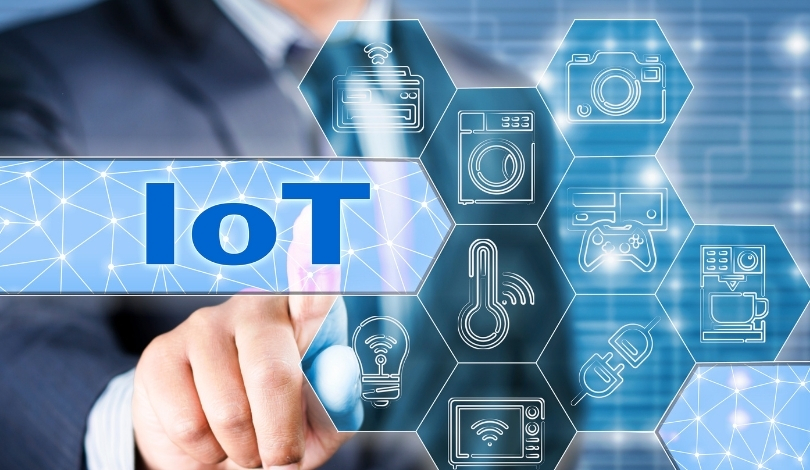The Internet of Things (IoT) is rapidly expanding, presenting challenges in managing connected devices and processing their data in real-time. Conventional data processing approaches often face delays and inefficiencies when handling large volumes of sensor data. To address these issues, edge computing is emerging as a pivotal solution, revolutionizing how data is managed and processed in IoT environments.
Edge computing’s potential has been steadily recognized. Unlike traditional cloud-based methods, edge computing processes data at the source, offering significant benefits in latency reduction and real-time processing. Comparatively, earlier discussions highlighted edge computing’s role in improving data processing speeds and reducing the burden on central servers. Presently, there is more emphasis on its applications across diverse industries, demonstrating its growing relevance.
Understanding Edge Computing
Edge computing involves processing data through an IoT gateway instead of sending it directly to a remote cloud server. For instance, in an industrial setting, IoT sensors on machinery can record thousands of vibrations per second, generating a massive data stream. With edge computing, this data is processed locally at the IoT gateway, computing vibration frequencies on-site. As a result, only the processed data is sent to the cloud, significantly speeding up the overall data processing.
Impact on Various Sectors
Edge computing is crucial in multiple industries, addressing specific challenges and enhancing operational efficiency. In healthcare, it facilitates real-time data processing from devices like glucose sensors and heart rate monitors. In manufacturing, it optimizes production processes and enables predictive maintenance. Smart cities benefit from improved infrastructure management, while the energy sector gains from real-time monitoring of smart equipment like solar panels.
Data Handling at the Edge
Edge computing allows immediate data processing at the source, improving response times and reducing dependency on remote cloud servers. This method ensures that data is collected, analyzed, and acted upon locally. For instance, IoT gateways can send alerts even if cloud connectivity is lost, ensuring prompt issue awareness. Moreover, edge devices can store data locally, mitigating data loss during communication outages. Firmware updates can also be executed seamlessly across all IoT devices using platforms like ThingsBoard Cloud.
The key advantages of edge computing include reduced latency, improved reliability, enhanced security, efficient bandwidth usage, and scalability. By processing data locally, organizations can achieve quicker responses and more reliable performance, even in areas with unstable connectivity. Additionally, keeping data closer to the source minimizes the risk of data breaches and reduces the need for extensive bandwidth.
Edge computing significantly enhances IoT device management by ensuring faster data processing, better security, and improved reliability. Organizations can effectively manage their IoT data, sending only critical information to the cloud, thus optimizing bandwidth and reducing costs. This technology is essential for scalable and efficient IoT systems, providing real-time insights and actions right at the edge.










